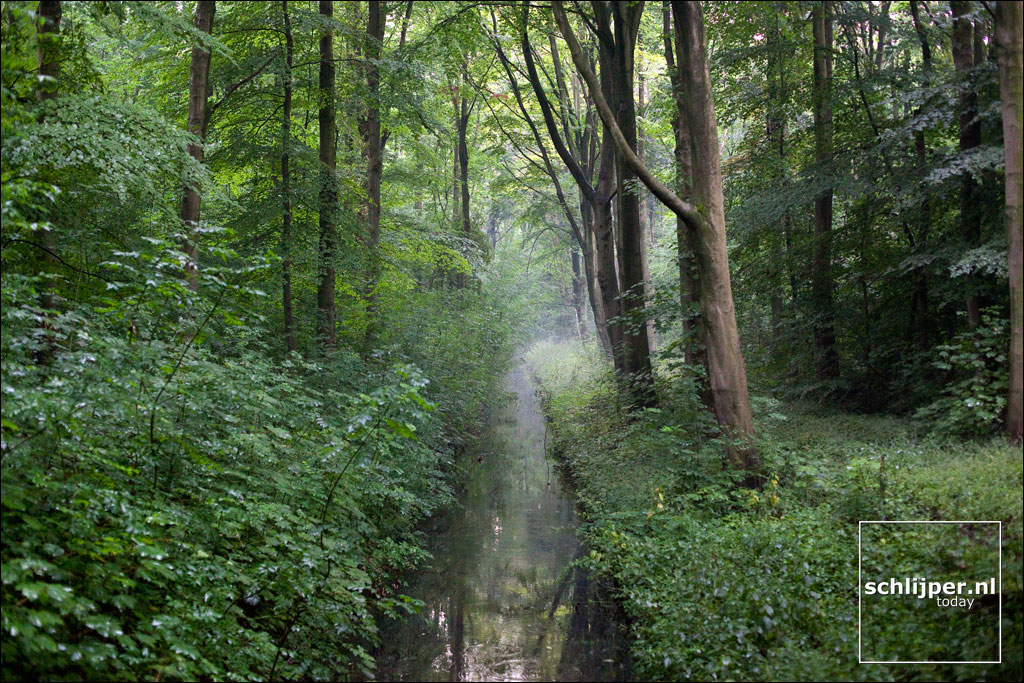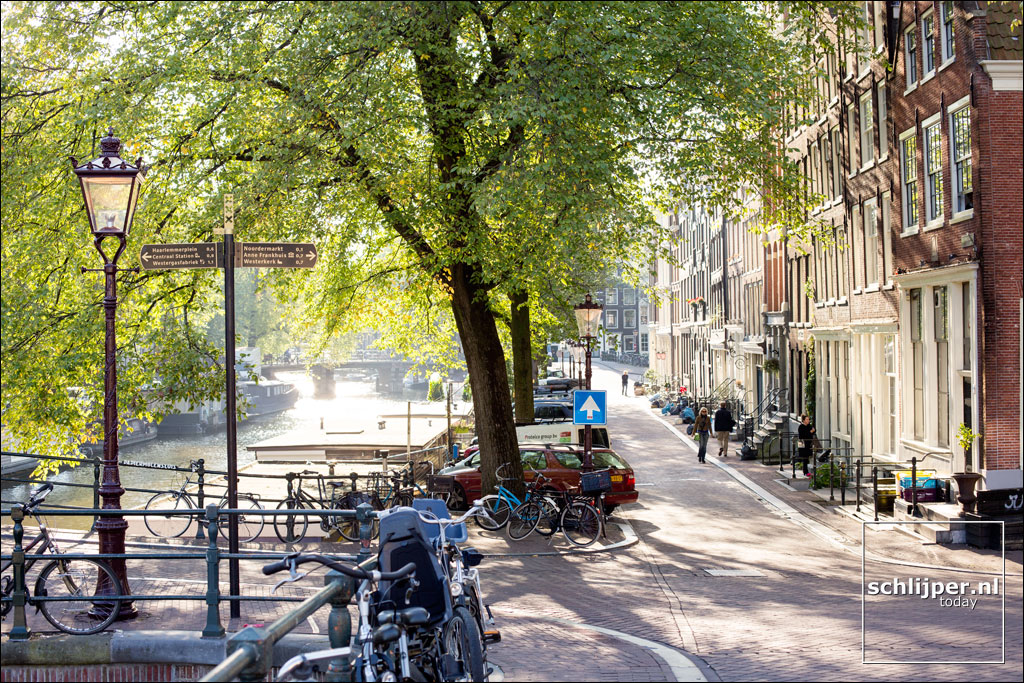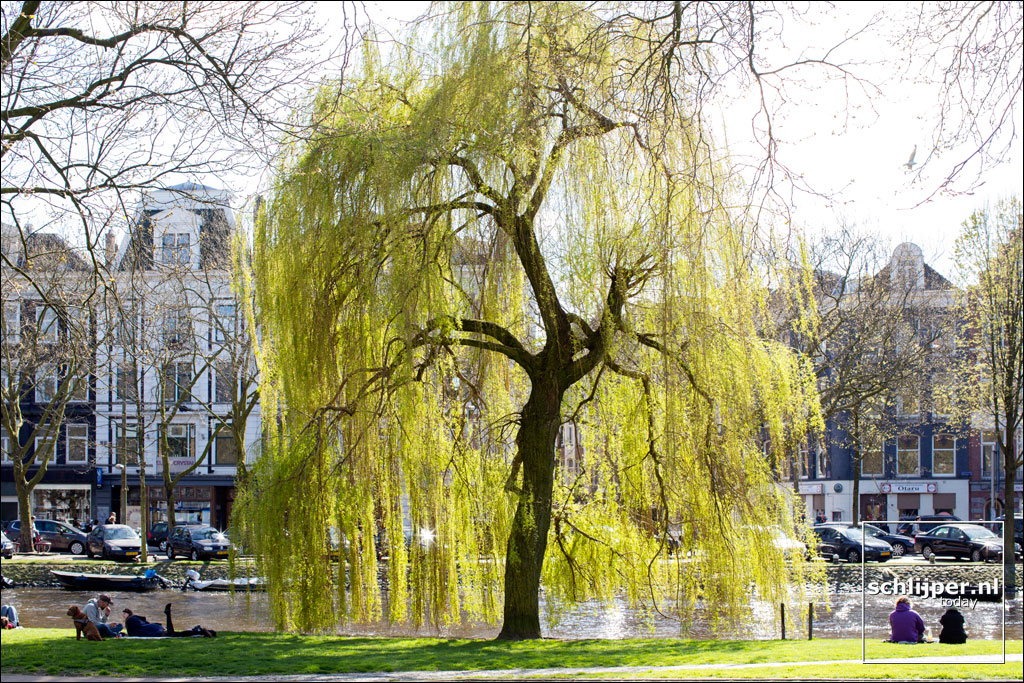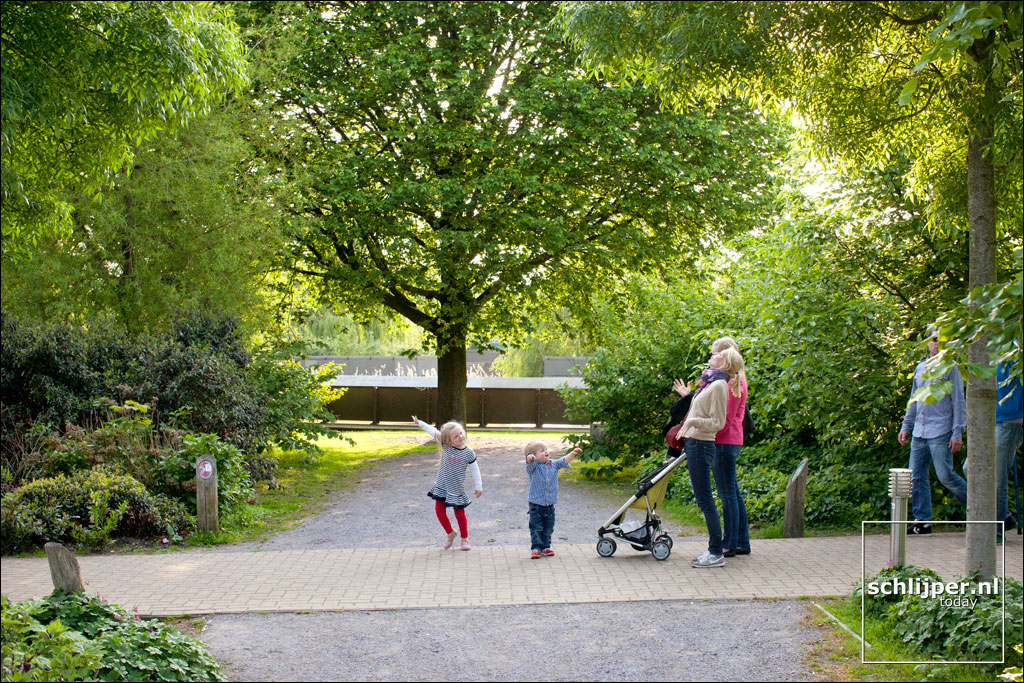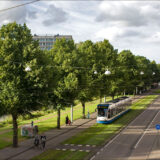Greenery Goodness Part II: Trees in the city
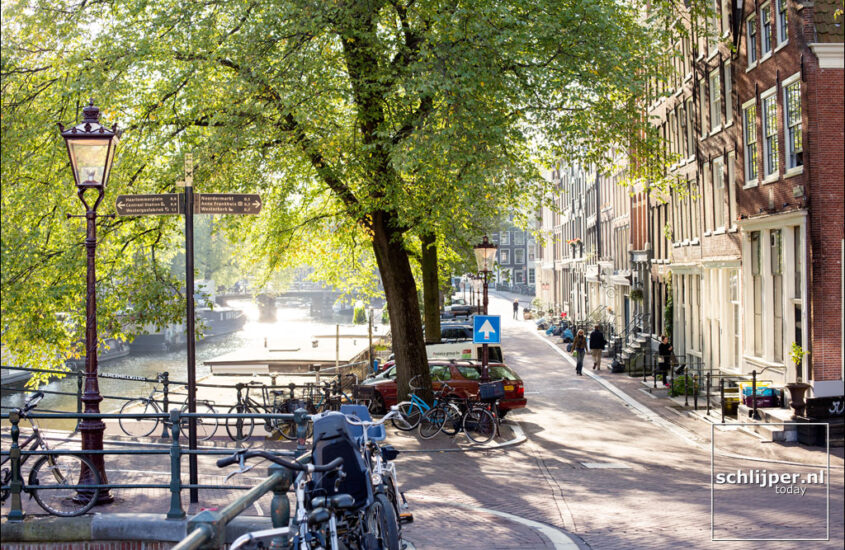
As the days get longer and the sun heats up, the tulips bloom, and the terraces in Amsterdam become filled with people eager to embrace the first days of sunshine. I knew it was truly springtime the other day in Amsterdam, when practically overnight, the trees started to bud little bits of green.
With leaves starting to appear on the branches, I started to realize just how many trees there are in this dense little city. Neatly planted on almost every street in the city, these trees are the green lungs of Amsterdam, allowing the city to breath and providing many other benefits. Trees absorb carbon dioxide, provide us with oxygen, and clean the air that we breathe by filtering dust and particulates. Within a city, trees can cool the streets, by providing shade and releasing water vapour into the air. They also help reduce wind speeds and increase biodiversity within a city. Many studies have shown that exposure to trees provide significant psychological and social benefits. Regular exposure to nature contributes positively to people’s health and happiness. Trees can also help increase safety — neighbourhoods that are robust with trees and other sorts of greenery tend to have lower crime rates than barren neighbourhoods. Exposure to nature and trees can help reduce fear and increase social trust and cohesion. Trees are also seen to increase property value and business traffic. Whether it is conscious or not, people like to be around trees, so the more trees a city has, the more lively the city will become.
The planting of trees in the urban environment has helped Amsterdam in times of economic trouble. In 1934, tree planting in Amsterdam Bos began. This 1 000 hectare designed forest provided work for over 20 000 unemployed people between 1934 and 1940. These workers built the Amsterdam Bos practically from scratch, using shovels and wheelbarrows as their main equipment. Although the Second World War interrupted the completion of the forest, and the last tree was not planted until 1970, the jobs that were created during the crisis years offered great economic relief. But, long before the creation of the Amsterdam Bos, ever since the 16th century, the city has been planting trees on every street in Amsterdam.
Tree planting began in the city in 1340, but only 25, 000 survived the Second World War. However, the trees have been replenished since the war, with currently about 400, 000 trees lining the streets of Amsterdam. This number is quite significant, considering Paris has about 95, 000. Out of all of the trees in Amsterdam, 75, 000 are elm trees, which is the highest amount of elm trees in any urban environment. The city has been able to preserve the 40 species of elms by actively checking for symptoms of diseases. In fact, there are people who are employed to ride their bikes around the city to inspect the health of the elm trees. Amsterdam is even internationally recognized for its impressive number of trees, having won the European City of Trees Award in 2012, due to the active promotion of trees in the urban environment, through policy, management and civic participation.
The variety and amount of planned and planted trees in this dense little city is pretty remarkable. This spring, while you are enjoying the sunshine and the tulip centerpiece on the table of your favourite terrace, be sure to take note of all of the beautiful trees around you – providing you with shade, cleaner air, a bit of beauty and increased well being.
Tip! Springsnow is an annual festival that celebrates Amsterdam’s elm trees as they scatter the city’s streets with a blanket of blossom that has come to be known as ‘spring snow’. From 21 April to 21 May you can follow The Elm Route, or participate in one the special activities across the city.
Jean Roe is studying for her BA in Urban Studies at the University of Calgary. She is currently on exchange in Amsterdam and interested in writing about food sustainability, lively public spaces and bicycle infrastructure & design. Check out her personal blog to read about her travels and thoughts.
Thomas Schlijper “the photographer of Amsterdam”, has taken over 100,000 photos of the city since 1995. Contact him to bring a unique perspective for your conference, exposition or other event.



